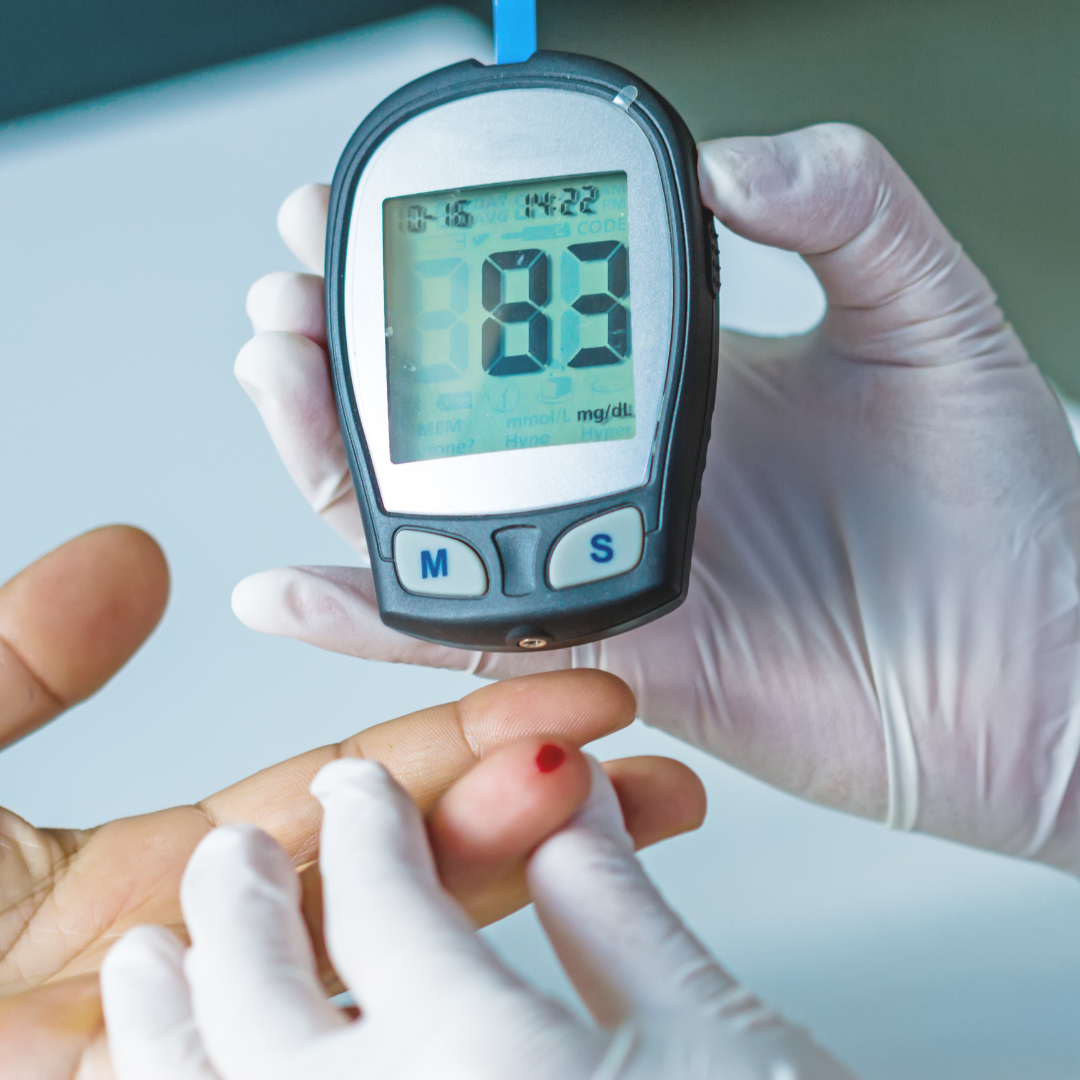Restoring Balance, Energy, and Joy Through Personalized Bioidentical Hormone Therapy
At Joy Wellness Partners, we understand that hormone health is not just about aging—it’s about living well. Whether you’re navigating perimenopause, recovering from surgical menopause, or simply no longer feeling like yourself, hormone replacement therapy (HRT)—particularly bioidentical hormone replacement therapy (BHRT)—can play a life-changing role in restoring balance, energy, and joy.
In this blog, we’ll explore the what, why, and how of HRT for women—breaking down the latest evidence, safety concerns, and individualized approaches we take at JWP. Our goal is to offer clear, research-informed guidance to help you decide whether BHRT may be right for you.
What Is Hormone Replacement Therapy?
Hormone Replacement Therapy (HRT) involves supplementing the hormones your body is no longer producing at sufficient levels. In women, these are typically estrogen, progesterone, and sometimes testosterone. While menopause is the most recognized phase for hormone decline, many women experience hormone imbalances well before then due to:
- Early menopause
- Hysterectomy or oophorectomy
- Adrenal fatigue
- Chronic stress or illness
- Long-term contraceptive use
- Perimenopause (which can begin up to 10 years before menopause)
BHRT specifically refers to bioidentical hormones, which are molecularly identical to the hormones naturally produced by the human body. These are different from synthetic hormones and are often derived from natural plant sources like yams or soy.
Who Can Benefit from BHRT?
Pre-Menopausal Women
Even before menopause, hormone fluctuations can cause:
- Brain fog
- Mood changes, anxiety, or depression
- Fatigue or poor recovery after workouts
- Weight gain
- Low libido
- Irregular periods or severe PMS
- PCOS or adrenal dysfunction
If you’re in your 30s or early 40s and not feeling like yourself, these could be early signs of hormone imbalance.
Perimenopausal Women
This transitional phase can last for years and is often marked by:
- Hot flashes and night sweats
- Sleep disturbances
- Mood swings or irritability
- Vaginal dryness or discomfort
- Decreased libido
- Joint pain or headaches
- Irregular or heavier bleeding
Many women describe this time as “losing themselves.” Hormonal support during this phase can dramatically improve quality of life.
Post-Menopausal Women
Once the ovaries stop producing estrogen and progesterone, symptoms often intensify:
- Vaginal atrophy or pain during intimacy
- Urinary incontinence
- Persistent hot flashes
- Bone density loss and increased risk of osteoporosis
- Decreased muscle mass and increased fat storage
- Cardiovascular changes
Without intervention, women can lose up to 10% of their bone density in the first five years after menopause. HRT can reduce this risk while improving daily function.
Common Myths and Misconceptions About HRT
“Estrogen causes breast cancer.”
This widely held fear originated from the early 2000s Women’s Health Initiative (WHI) study1. However, it’s now well-documented that this study had significant flaws:
- It focused on synthetic hormones, not bioidenticals.
- Participants were often older and already at risk for chronic diseases.
- The hormone types and delivery methods were not optimal.
Later studies, including the ESTHER study2, showed that transdermal estrogen (like creams or patches) and micronized progesterone (not synthetic progestins) do not carry the same risks. In fact, BHRT may actually lower breast cancer risk in some women by supporting hormonal balance and reducing inflammation.
“I’ve had a blood clot or stroke—I can’t use HRT.”
Oral synthetic hormones have been shown to increase clotting risks because they pass through the liver (first-pass metabolism), where the clotting cascade is regulated. However, transdermal estrogen, vaginal estrogen, and sublingual progesterone bypass the liver and do not appear to increase clot risk when used correctly2.
Again, the key is delivery method and hormone type. At JWP, we avoid oral synthetic hormones and prioritize safe, effective bioidentical options.
How BHRT Improves Quality of Life
1. Relief from Life-Altering Symptoms
- Hot flashes and night sweats
- Insomnia
- Anxiety, mood swings, and depression
- Brain fog and forgetfulness
- Vaginal dryness or pain during intimacy
2. Cognitive and Emotional Support
Estrogen and progesterone are neuroprotective. BHRT supports:
- Memory and focus
- Emotional resilience
- Mental clarity
3. Cardiovascular and Bone Protection
Estrogen helps regulate blood lipids and protects against arterial stiffening. Progesterone supports cardiovascular balance. Together, these hormones reduce:
- Risk of heart disease
- Osteoporosis
- Muscle loss and frailty
4. Libido and Intimacy
Vaginal estrogen and testosterone help restore sensitivity, lubrication, and sexual function—often rekindling intimacy that had been diminished for years.
5. Body Composition and Metabolism
Testosterone and estrogen support:
- Lean muscle mass
- Fat metabolism
- Reduced visceral (belly) fat
With aging, our ability to build and maintain muscle declines. BHRT helps counteract this natural decline when combined with a healthy lifestyle.
Safety Measures: What Makes BHRT at JWP Different
Comprehensive Assessment
We don’t jump into treatment without understanding you. This means:
- Full lab panels (hormones, thyroid, liver function, insulin, cortisol)
- Genetic screening (when appropriate)
- Health history, medication review, and symptom mapping
Safer Hormone Forms
We use:
- Transdermal estrogen creams or vaginal inserts
- Micronized progesterone (sublingual)
- Subcutaneous testosterone pellets or compounded creams
- No oral synthetic estrogens or progestins
Personalization Over Protocol
There’s no cookie-cutter approach. Doses are customized, adjusted based on labs and how you feel. Some patients need gentle support, others need aggressive rebalancing. Either way, your care is tailored to you.
Your Treatment Options at Joy Wellness Partners
Pellet Therapy
- Long-lasting, low-maintenance (3–4 months)
- Bioidentical and inserted subcutaneously
- Ideal for those who want consistent, hands-off treatment
Topical and Vaginal Creams
- Compounded and customizable
- Dosed daily
- Great for patients with specific tissue needs or sensitive metabolism
Injectables
- Mostly used for testosterone
- Provides fast symptom relief
- Requires frequent dosing and monitoring
Each option has pros and cons—what works for one person may not work for another. That’s why we offer flexibility and guidance every step of the way.
The JWP Hormone Membership
To support long-term hormone health, we offer a structured membership that includes:
- Initial comprehensive consultation
- Personalized hormone therapy (pellets, creams, or injectables)
- DIM supplement to support healthy estrogen metabolism
- Post-treatment follow-ups and lab monitoring
Membership Options:
- $2,497 annually
- Or $249/month with a 1-year commitment
Addressing the Deeper Why
BHRT is more than just replacing what’s missing—it’s about restoring you. We often hear:
“I just don’t feel like myself anymore.”
Hormone therapy can’t fix everything, but it often opens the door to better sleep, improved mood, restored confidence, and renewed intimacy. For many of our patients, it has truly been life-changing.
Whether you’re transitioning off birth control, recovering from surgical menopause, or seeking relief from persistent symptoms, our providers are here to help you navigate every step with knowledge, empathy, and real solutions.
Let’s Talk About Your Hormone Health
If you’re curious about BHRT, unsure whether you’re a candidate, or frustrated by lack of answers from your current provider, we invite you to schedule a consultation or Total Health Survey with our team.
Together, we’ll help you understand your labs, your symptoms, and your best path forward—because you deserve to feel vibrant, balanced, and in control of your health again.
With Joy,
Rachel Gunderson, MSN, APRN, AGACNP, FNP
References
Footnotes
- Bluming AZ, Hodis HN, Langer RD. ‘Tis but a scratch: a critical review of the Women’s Health Initiative evidence associating menopausal hormone therapy with the risk of breast cancer. Menopause. 2023 Dec 1;30(12):1241-1245. doi: 10.1097/GME.0000000000002267. Epub 2023 Oct 18. PMID: 37847875; PMCID: PMC10758198. 1
- Canonico M, Oger E, Plu-Bureau G, Conard J, Meyer G, Lévesque H, Trillot N, Barrellier MT, Wahl D, Emmerich J, Scarabin PY; Estrogen and Thromboembolism Risk (ESTHER) Study Group. Hormone therapy and venous thromboembolism among postmenopausal women: impact of the route of estrogen administration and progestogens: the ESTHER study. Circulation. 2007 Feb 20;115(7):840-5. doi: 10.1161/CIRCULATIONAHA.106.642280. PMID: 17309934.2








